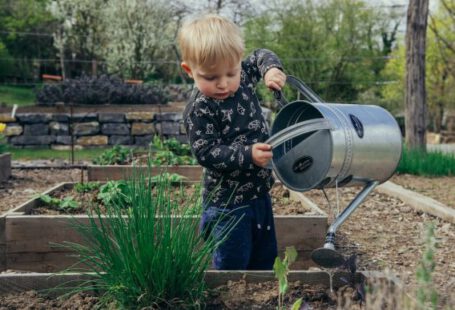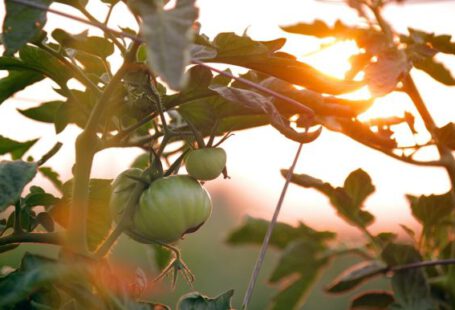Companion planting is a gardening technique that involves growing certain plants together to enhance their growth and health. By strategically planting companion plants, you can create a harmonious environment that boosts the growth and productivity of your vegetables. In this article, we will explore some of the best companion plants for vegetables and how they benefit each other.
Nitrogen-Fixing Plants: The Ultimate Companions
Nitrogen is an essential nutrient for plant growth, and certain plants have the remarkable ability to fix atmospheric nitrogen into a form that is usable by other plants. Legumes, such as beans and peas, are renowned for their nitrogen-fixing abilities. When grown alongside nitrogen-hungry vegetables like tomatoes or leafy greens, legumes can provide them with a steady supply of nitrogen. This symbiotic relationship benefits both plants, as the legumes gain access to necessary minerals and the vegetables thrive with an ample supply of nitrogen.
Pollinator Attractors: Boosting Yield and Biodiversity
Many vegetables rely on pollinators, such as bees and butterflies, to produce fruits and seeds. By planting flowers that attract pollinators near your vegetable garden, you can significantly increase your crop yield. Nectar-rich plants like marigolds, zinnias, and sunflowers are excellent choices for attracting pollinators. Not only do these flowers enhance the productivity of your vegetables, but they also contribute to biodiversity and the overall health of your garden ecosystem.
Pest-Repelling Plants: Natural Guardians of Your Vegetables
One of the biggest challenges in vegetable gardening is dealing with pests. However, by strategically planting pest-repelling plants, you can naturally deter common garden pests and reduce the need for chemical pesticides. For example, planting aromatic herbs like basil, mint, and rosemary can repel pests such as aphids, mosquitoes, and cabbage worms. Similarly, planting flowers like marigolds and nasturtiums can ward off harmful insects like whiteflies and squash bugs. Incorporating these pest-repelling plants into your vegetable garden not only helps protect your crops but also adds beauty and fragrance to your garden.
Complementary Planting: Maximizing Space and Resources
Companion plants can also be chosen for their ability to complement each other in terms of space and resource utilization. For instance, tall plants like corn or sunflowers can provide shade for shorter vegetables, protecting them from excessive heat or sunburn. Additionally, shade-tolerant plants like lettuce or spinach can be grown underneath taller plants, effectively utilizing vertical space in your garden. By carefully considering the growth habits and resource requirements of different plants, you can maximize the productivity of your vegetable garden.
Root-Cropping Companions: Enhancing Soil Health
Root crops, such as carrots, radishes, and onions, have specific soil requirements for optimal growth. By planting these root crops alongside companion plants that have deep root systems, you can improve soil structure and nutrient availability. Plants like legumes and sunflowers have long taproots that break up compacted soil, allowing air and water to penetrate deeper. As a result, the root crops can access nutrients more easily and grow healthier and more robust.
In conclusion, companion planting is a valuable technique for enhancing the growth and productivity of your vegetable garden. By carefully selecting companion plants that provide nitrogen, attract pollinators, repel pests, maximize space, and improve soil health, you can create a thriving garden ecosystem. Experiment with different combinations of companion plants to find the ones that work best for your specific vegetables and gardening conditions. With the right companions by their side, your vegetables will flourish and reward you with bountiful harvests.





